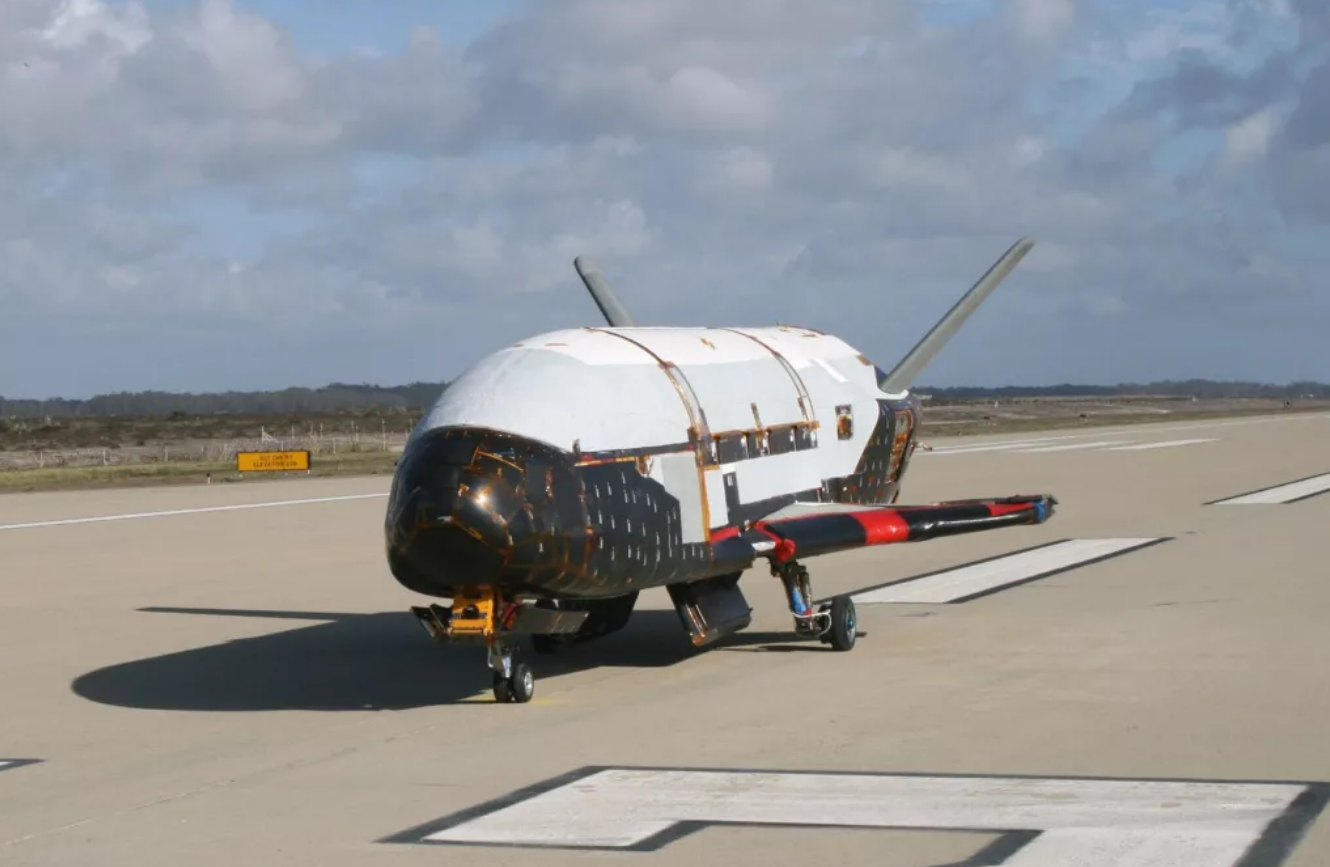The image above: the nanomachine-based medicals can look like this. When harmful cell eats those machines they start to rotate. The nano-size whips are terminating the internal structure of those cells. The thing that makes those molecules find their target could be the millimeter-sized submarine that swims in the human body.
The nano-submarine can simply slip those nanomachines through the cell membrane or ion pumps. Or the cyborg version of that system can simply carry the cells that are producing non-effective DNA. And then that nano-submarine will fill the cell by using the DNA molecules.
There is a possibility that the nanomachine just fills the cancer cell with empty DNA. That thing denies the work of the mitochondria because the cell is full of that molecule. But the more sophisticated solution would be to use the DNA bites that activate the programmed death of the cancer cells or incoming bacteria.
The idea in nanotechnology-based medicines is that the same medicals can use against bacteria and cancer cells. One version of those solutions is the plastic or silicone bag that slips into the cell. And then that silicone bag will pull liquids in it. Sooner or later the bag will fill the entire cell. But the manipulated DNA can also use as antibiotics that are effective against cancer cells and bacteria. In this vision, the nanomachine just injects the DNA into the cell which orders the cell to die.
The bacteria or cells can also transform to produce some antibiotics inside them. When the bacteria change their genomes the manipulated bacteria can send the DNA bite that involves the programmed death of another bacteria. Or the nutrient would contain nanotechnologies like a "whip molecule" that destroys mitochondria or the cell membrane.
Also, things like nanolasers can be effective against cancer. The nanolasers can destroy the mitochondria or the DNA inside the targeted cells.
These systems are extremely powerful if they operate perfectly. And operators can control those miniature robots that are swimming in the human body over the Internet.
The nanomachines are offering new models for a cure for cancer. Maybe someday the nanomachines are injecting a "death code" or artificial DNA bite that activates the programmed death of the cancer cell.
There is the possibility that in the future the nano machines simply change or fix the DNA inside the cancer cells. That thing makes it possible for the cancer cells to be transformed into normal cells. Or the nanomachines can inject artificial DNA bite in the cell that activates the programmed death of that cell.
But the ability to fix and transform the DNA makes immortality possible. Researchers can also stop aging. When the researchers read the code of the DNA. When they find the right points of the base pairs they can cut those base pairs away from the DNA.
This makes it possible to interconnect the DNA bites with wanted abilities between species. Scientists found species that are not aging. And the background of that strange ability is in the DNA of those species. That makes it possible to cut those DNA sequences off those species and connect them with every other DNA.
https://scitechdaily.com/a-new-antibiotic-can-kill-even-drug-resistant-bacteria/amp/
https://scitechdaily.com/dna-nano-device-injection-found-to-be-safe-for-medical-use/amp/
https://scitechdaily.com/secrets-of-longevity-revealed-scientists-find-species-that-essentially-do-not-age/
https://scitechdaily.com/stanford-developed-millirobot-swims-in-your-body-and-delivers-medicine-to-places-that-need-it/amp/
Image: https://scitechdaily.com/a-new-antibiotic-can-kill-even-drug-resistant-bacteria/amp/
https://artificialintelligenceandindividuals.blogspot.com/













